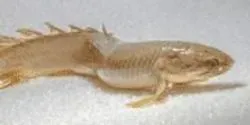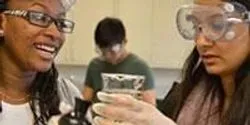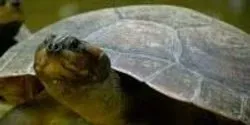Biology

Alcohol consumption isn’t the only thing a breath analysis can reveal. Scientists have been studying its possible use for diagnosing a wide range of conditions in humans — and now in the beloved bottlenose dolphin. In a report in the American Chemical Society (ACS) journal Analytical Chemistry, one team describes a new instrument that can analyze the metabolites in breath from dolphins, which have been dying in alarming numbers along the Atlantic coast this year.

Lisa Taneyhill, Ph.D., an assistant professor in the Department of Animal and Avian Sciences at the University of Maryland, has been awarded a $1.9 million research grant from the National Institute of Dental and Craniofacial Research at the National Institutes of Health (NIH).

Ebola, as with many emerging infections, is likely to have arisen due to man’s interaction with wild animals – most likely the practice of hunting and eating wild meat known as ‘bushmeat’. A team of researchers led by the University of Cambridge and the Zoological Society of London (ZSL) has surveyed almost six hundred people across southern Ghana to find out what drives consumption of bat bushmeat – and how people perceive the risks associated with the practice.

Americans love their dogs, but they don’t always love to pick up after them. And that’s a problem. Dog feces left on the ground wash into waterways, sometimes carrying bacteria — including antibiotic-resistant strains — that can make people sick. Now scientists have developed a new genetic test to figure out how much dogs are contributing to this health concern, according to a report in the American Chemical Society journal Environmental Science & Technology.

Caltech researchers have developed a novel way to visualize proteins generated by microorganisms in their natural environment—including the murky waters of Caltech's lily pond, as in this image created by Professor of Geobiology Victoria Orphan and her colleagues. The method could give scientists insights to how uncultured microbes (organisms that may not easily be grown in the lab) react and adapt to environmental stimuli over space and time.

About 400 million years ago a group of fish began exploring land and evolved into tetrapods – today's amphibians, reptiles, birds, and mammals. But just how these ancient fish used their fishy bodies and fins in a terrestrial environment and what evolutionary processes were at play remain scientific mysteries.















